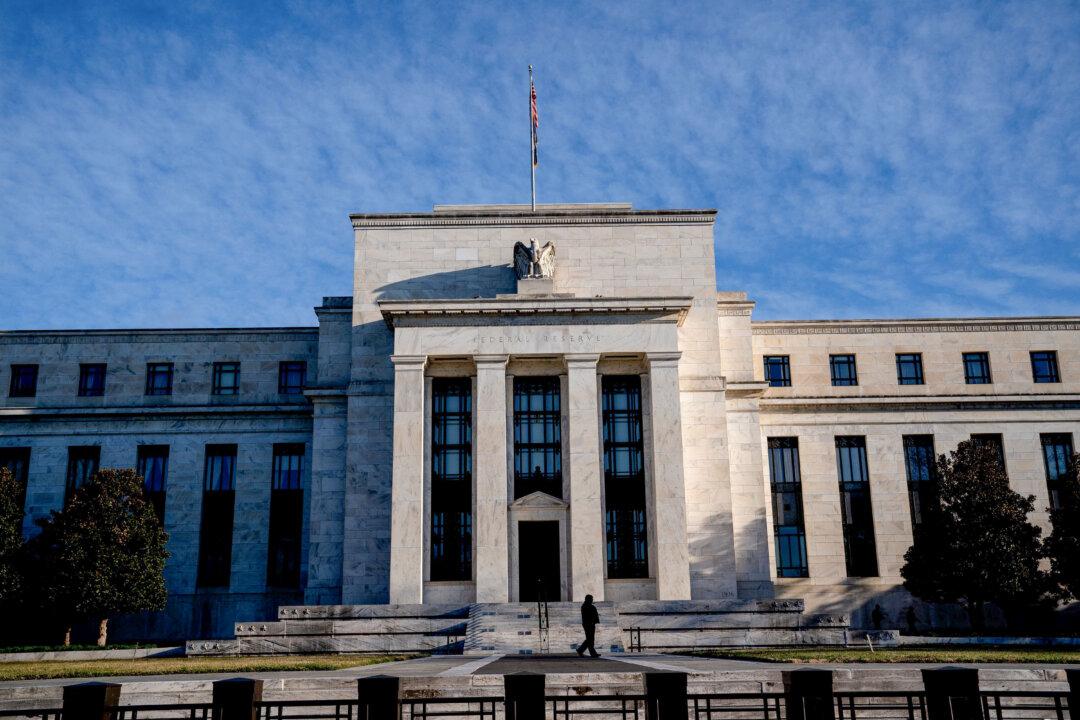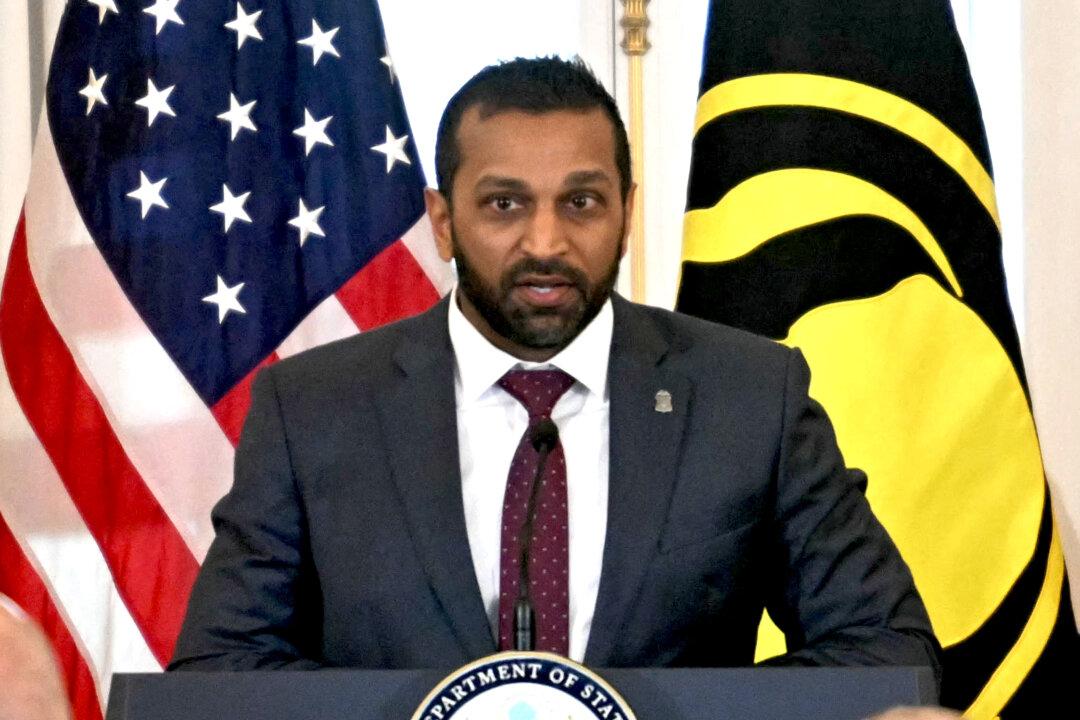“I will support maintaining the current policy rate for as long as these upside risks to inflation continue, while economic activity and employment remain stable,” Kugler said in a speech on April 21 at the University of Minnesota. “I remain committed to achieving both of our dual-mandate goals of maximum employment and stable prices.”
The remarks come two weeks ahead of the Fed’s next policy meeting, when officials are expected to keep the federal funds rate in its current range of 4.25 to 4.50 percent.
Kugler specifically pointed to larger-than-expected tariffs introduced by the Trump administration as a key concern.
“This month, we learned that the tariff increases are significantly larger than previously expected,” she said. “As a result, the economic effects of tariffs and the associated uncertainty are also likely to be larger than anticipated.”
She also noted that some recent economic strength could be temporary. “Front-loading” of purchases by households and businesses trying to get ahead of the tariffs may have boosted spending in the short term, Kugler said.
Inflation remains above the Fed’s 2 percent target, particularly in service categories not tied to housing, such as car maintenance and haircuts. Kugler said she’s watching these areas closely, along with short-term inflation expectations, which she acknowledged have risen in recent months. Longer-term expectations remain anchored, she said.
Kugler also emphasized that pandemic-era savings have likely been exhausted, leaving households more exposed to high interest rates. That shift, she said, could mean monetary policy is now having a stronger effect on spending and credit.
She flagged recent financial market volatility, warning that persistently tighter financial conditions could slow growth.
“If financial conditions were to tighten persistently, that could weigh on growth in the future,” she said.
Powell has indicated that rates should not be lowered until it is clearer that tariff policies won’t lead to higher inflation.
Trump has said that inflation is now under control, but Fed officials—including Kugler—have warned that rising prices and trade uncertainty still pose risks.
Kugler said the Fed must remain vigilant in monitoring real-time data and reminded the audience that interest rate changes take time to affect the economy.
White House assistant press secretary Taylor Rogers said in a statement emailed to The Epoch Times: “The President, with the American people’s best interest in mind, has called for the Fed to cut rates. As promised, President Trump is working across the board to deliver long-term economic relief for the American people.”







